SVAC offers an expansive artistic experience set amidst the largest sculpture park in Vermont. The campus includes the 100-year-old Yester House mansion, with 10 galleries displaying member art and pieces from the SVAC Permanent Collection which includes the world’s largest collection of works by Luigi Lucioni. Across the way is a contemporary museum that hosts rotating exhibits. SVAC also offers a wide selection of workshops for adults and children on the campus’ studios and is home to a 400-seat performance space. Café Sora at SVAC features Japanese home-style cooking that visitors enjoy while surrounded by mountain views.
Southern Vermont Arts Center
930 SVAC Drive
Manchester 05254
(802) 362-1405
Hours:
Tuesday-Saturday, 10AM-5PM
Sunday, Noon-5PM
ART ON VIEW
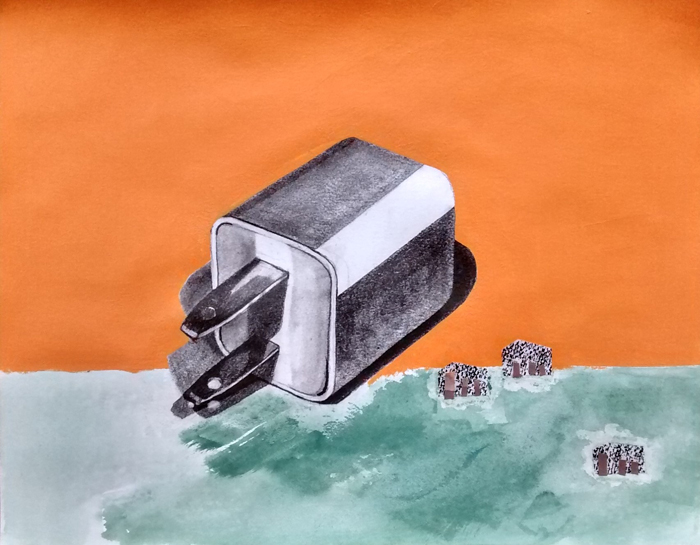
11″x14″; acrylic and graphite on paper; 2018
Courtesy of the artist
Contemporary American Regionalism: Vermont Perspectives
August 17-October 20, 2019
“Contemporary American Regionalism: Vermont Perspectives” in the Elizabeth de C. Wilson Museum was created by Guest Curator Ric Kasini Kadour. The exhibition features work from 11 contemporary Vermont artists working in sculpture, fiber art, drawing and painting. This exhibition strives to connect viewers to current contemporary American art and showcases the artist’s interaction with their chosen tools, mediums and environments. Guest Curator, Ric Kasini Kadour, explains the history of the Regionalism movement below and why it is still relevant to art and artists today.
In the early part of the 20th century, Americans wrestled with Modernism and Europe’s dominance over American art. American Scene Painting as expressed by Social Realism in urban areas and Regionalism in rural communities rose in popularity. The movement led by Grant Wood, Thomas Hart Benton, and John Steuart Curry sought to wean America off the influence of European art and conceptualize an approach to art that was uniquely American and expressed the nation’s values. With its relatively conservative style and embrace of traditional themes, Regionalism was intensely popular with the American people. But the movement fell out of favor with the art world, rather dramatically, in 1942 and the realism of Regionalism was put, artificially, into conflict with Modernism. The break up left a schism that remains today and forms the basis of nearly eighty years of antagonism between the art world and the American public.
Kadour considers this moment in history as a stepping off point for “Contemporary American Regionalism: Vermont Perspectives”. The exhibition uses the Southern Vermont Arts Center’s permanent collection as a point of departure and presents contemporary art from eleven artists in light of the themes raised by 20th century Regionalists and relates how contemporary art speaks to present day issues and concerns. The exhibition is organized into two parts: The Land and The People.
A catalog is available for purchase HERE.
PREVIOUS EXHIBITIONS

Inside Out: Fall Member Show
October 13-November 18, 2018
Southern Vermont Arts Center’s Fall Member Show, “Inside Out”, displays the work of SVAC’s 200+ artist members.
“Inside Out” is a vibrant and varied mixture of subject matters, mediums, styles, and techniques. It gives an insight into the breadth of active artists from Vermont and surrounding states. All the artwork in the show is available for purchase.
Image:
Portrait of a Conversation by Terry Findeisen
47″x69″; acrylic on paper
Courtesy of the artist and Southern Vermont Arts Center, Manchester

Thriving Spaces: Street Art Meets Glass
September 9-October 14, 2018
Two artistic worlds gel in an exhibit from Vermont’s premier glass artists alongside the work of heralded graffiti artists. Spanning the SVAC campus, from the Sculpture Garden to the Galleries and Museum, the creations fill SVAC with an explosion of creativity, color, and light.
One of the street artists featured is Lady Pink, who was born in Ecuador, raised in New York City and currently resides in the countryside north of the city. In 1979, she started writing graffiti and soon was well known as the only female capable of competing with the boys in the graffiti subculture. Pink painted subway trains from the years 1979 to 1985. In 1982, she had a starring role the movie Wild Style. That role and her other significant contributions to graffiti have made her a cult figure in the hip-hop subculture.
While still in high school, she was already exhibiting paintings in art galleries, and at the age of 21 had her first solo show at the Moore College of Art. As a leading participant in the rise of graffiti-based art, Lady Pink’s canvases are in collections including The Whitney Museum of American Art, the Metropolitan Museum of Art, the Brooklyn Museum, and the Groningen Museum in The Netherlands.
(text adapted from the venue’s press materials and Lady Pink’s website)
Image:
Pink Magnolia
by Lady Pink
acrylics and spray paint on canvas
2017
Courtesy of the Southern Vermont Arts Center, Manchester
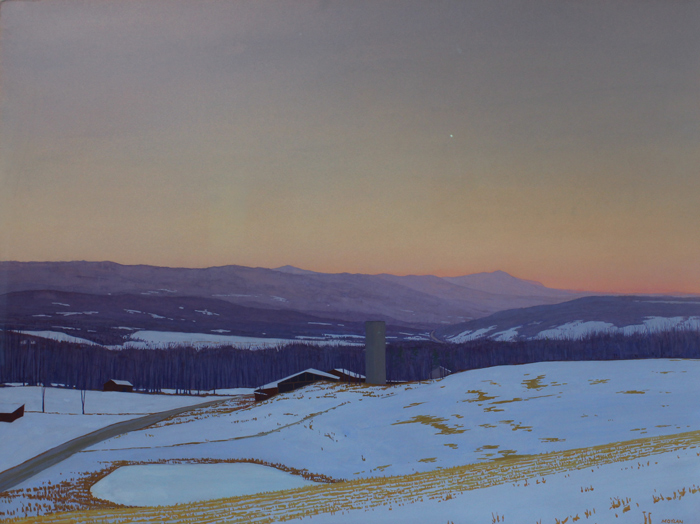
ART ON VIEW
Vantage Point: Juried Show
August 25-September 30, 2018
A selection of work by an esteemed group of artists from the SVAC artist community and beyond were chosen by an accomplished panel of jurors, including pastelist Robert Carsten. Prizes are awarded in separate mediums and subject matter.
Among the artists selected is Waterford, New York-based artist Robert Moylan, who works in gouache. He creates panoramic landscapes of rural Rensselaer and Washington counties in New York. In the tradition of the Hudson River School, luminous sunsets and dramatic skies ride above farm houses, barns, silos and fields that serve as reminders of the human existence within these natural settings.
Image:
Road to Grafton
by Robert Moylan
gouache on paper
Courtesy of the Southern Vermont Arts Center, Manchester
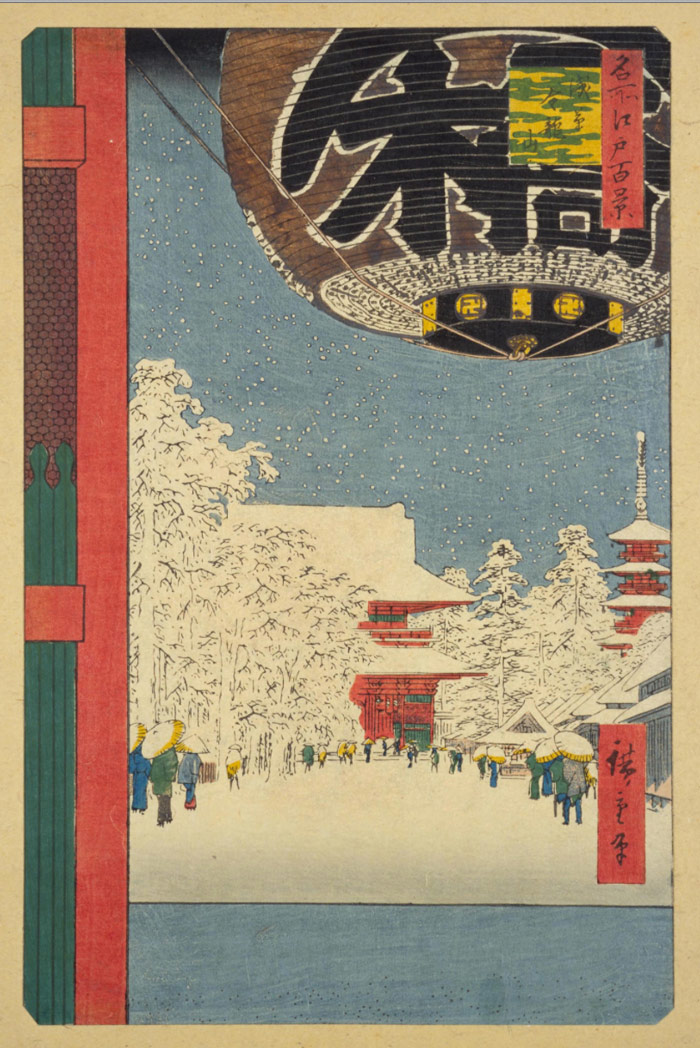
Hiroshige Prints
from the collection of Steven Schlussel
Through July 22, 2018
Southern Vermont Arts Center continues their exhibition of Hiroshige woodblock prints from the collection of Steven Schlussel. Some 38 framed prints, from the early part of Hiroshige’s career to his last series, are featured and available to the public.
Utagawa Hiroshige (Ando) (1797-1858) was a Japanese ukiyo-e artist, considered the last great master of that tradition.
Hiroshige is best known for his landscapes, such as the series “The Fifty-three Stations of the Tōkaidō” and “The Sixty-nine Stations of the Kiso Kaidō”; and for his depictions of birds and flowers. The subjects of his work were atypical of the ukiyo-e genre, whose typical focus was on beautiful women, popular actors, and other scenes of the urban pleasure districts of Japan’s Edo period (1603–1868). The popular “Thirty-six Views of Mount Fuji” series by Hokusai was a strong influence on Hiroshige’s choice of subject, though Hiroshige’s approach was more poetic and ambient than Hokusai’s bolder, more formal prints.
For scholars and collectors, Hiroshige’s death marked the beginning of a rapid decline in the ukiyo-e genre, especially in the face of the westernization that followed the Meiji Restoration of 1868. Hiroshige’s work came to have a marked influence on Western painting towards the close of the 19th century as a part of the trend in Japonism. Western artists closely studied Hiroshige’s compositions, and some, such as van Gogh, painted copies of Hiroshige’s prints.
(text adapted from the venue’s press materials and Wikipedia (source))
Image:
Kinryuzan Temple, Akazuka
Number 99 from the series, “100 Views of Edo”
by Hiroshige
woodblock print
1856
Courtesy of Steven Schlussel

I Choose Film: Film Photography in the 21st Century
July 8-August 27, 2017
Opening reception: Saturday, July 8, 4-7PM
“I Choose Film: Film Photography in the 21st Century” features twenty living artists from around the world, each working with film in a unique way.
“I Choose Film” defines film as any process employing light-sensitive photographic emulsion in the creation of imagery. Consequently, works in the show employ a kaleidoscope of traditional and contemporary film techniques, from wet-plate collodion to platinum prints, from artist books to X-Ray.
“Far from being dead, film is enjoying a resurgence. A Renaissance even,” says “I Choose Film” curator and artist Stephen Schaub. “I believe this springs from a newfound appreciation for film’s unique capabilities.”
Stephen Schaub’s discussion of this exhibition, an article also entitled “I Choose Film”, appeared in Vermont Art Guide #4. To read the article, subscribe or order a copy of Vermont Art Guide #4.
Each issue of Vermont Art Guide has over a hundred places to see art around the state. The full-color, printed magazine has artist and venue profiles as well as articles and news about Vermont Art. Our goal is to document and share the state’s incredible art scene.
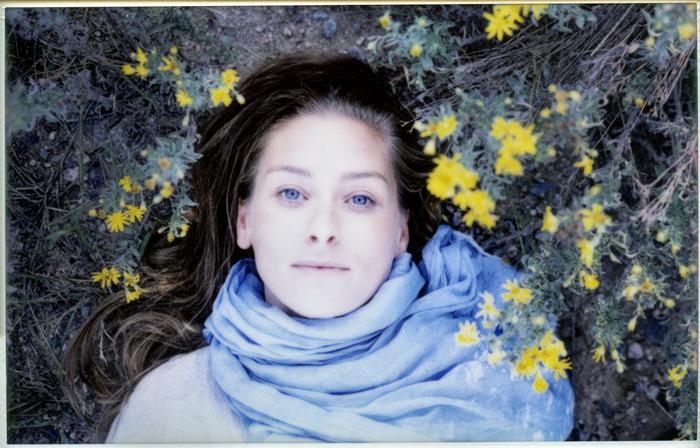
“You have a whole generation coming of age now who grew up with primarily digital photography, and they are realizing: there are more possibilities out there. Film is a vast and rich medium. And what it does, nothing else can do.”
Schaub is a recognized leader and innovator in the art photography and printing worlds. In 2005, he coined the word “figital” to describe photographic work that employs both film and digital techniques. Soon after he founded the photographer’s advice and commentary blog FigitalRevolution.com, which to date has had over a million and a half hits.
During the opening weekend celebration, representatives from the Penumbra Foundation in New York City will be photographing wet-plate tintype portraits throughout the day Saturday and Sunday. The unique opportunity to have a Penumbra tintype made is open to anyone, but please note that there is a fee and there are a limited number of spots available. For more details and to schedule a seating time, please visit the Penumbra Foundation’s website HERE.
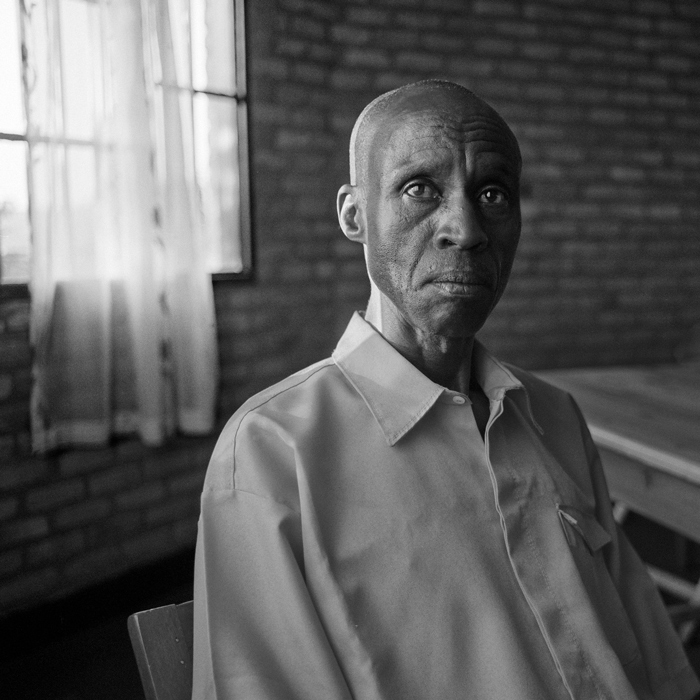
Also part of the show will be the “Take Your Best Shot” kids’ instant photography contest. Kids up to age 18 who are accompanied by an adult are invited to check out a Fuji Instax instant film camera from the museum, shoot a pack of film on the grounds of the art center, and donate their favorite image to hang for the duration of the show.
Artists featured the exhibition include: David Burnett, Brian Kosoff, Craig Stevens, Bob Van Degna, Susan Weiss, Carol McGorry, Abby Kraftowitz, Steve Mallon, Art Gilman, Chris Usher, Peter Liepke, Dan Nelken, Alan Ross, Thomas Kellner, Scott Anton, Rachel Czajkowski, Sam Dole, Jolene Lupo, and Stephen Schaub.
(text adapted from the venue’s press materials)
Stephen Schaub’s discussion of this exhibition, an article also entitled “I Choose Film”, appeared in Vermont Art Guide #4. To read the article, subscribe or order a copy of Vermont Art Guide #4.
Each issue of Vermont Art Guide has over a hundred places to see art around the state. The full-color, printed magazine has artist and venue profiles as well as articles and news about Vermont Art. Our goal is to document and share the state’s incredible art scene.
Image: (top)
Figure with Three Trees, Blenheim Palace, England
by Stephen Schaub
48″x95″
pigment on hand-made Amate Paper
©Stephen Schaub 2017
Image: (center)
Jenna
by Abby Kraftowitz
enlarged Fuji Instax; pigment on hand-coated paper
©Abby Kraftowitz
Image: (bottom)
Thomas, Convicted of Genocide, Butare Prison, Rwanda
by Carol McGorry
©Carol McGorry
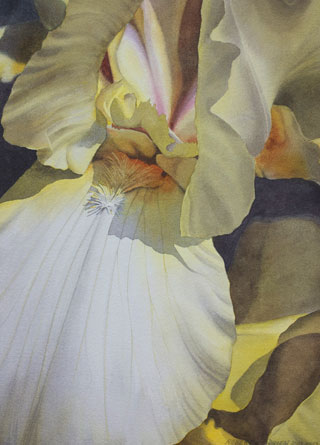
Stamens & Stems: Nature’s Tryst
Summer 2012
The allure of flowers is timeless and cross cultural. Throughout the ages artists have understood the essential nature of a flower’s ability to express powerful beauty and have been inspired to interpret and capture this. Flowers accompany life events in every culture- they symbolize nature, they illustrate religious meaning, they give quiet moments, and they express deep human emotions. There are examples of flower painting from early Chinese and Japanese art, millefiori surround the words in medieval manuscripts, the fleur de lis, an abstraction of the lily, has become a symbol of France. Dutch and Flemish art produced specialists exclusively to paint super realistic flowers; Monet built his magnificent garden at Giverny in order to have a constant subject matter at hand. Van Gogh’s sunflowers have become post-impressionist icons, Georgia O’Keefe’s allegorical use of close up flower shapes are sensitive interpretations of life and nature and Joseph Raffael’s large watercolors of flowers are visual events.
“Stamens and Stems” features artists who present the various ways the flower idea can be expressed. The Southern Vermont Arts Center is pleased to mount this unique group exhibition of over 100 artists-a veritable garden of paintings brought to life by artistic imagination and the simple beauty of flowers.
Meet the artists in the historic Yester House Gallery. Enjoy wine, hors d’oeuvres, and works of the exhibiting artist members. All artwork is available for sale.
(adapted from the venue’s press materials)
